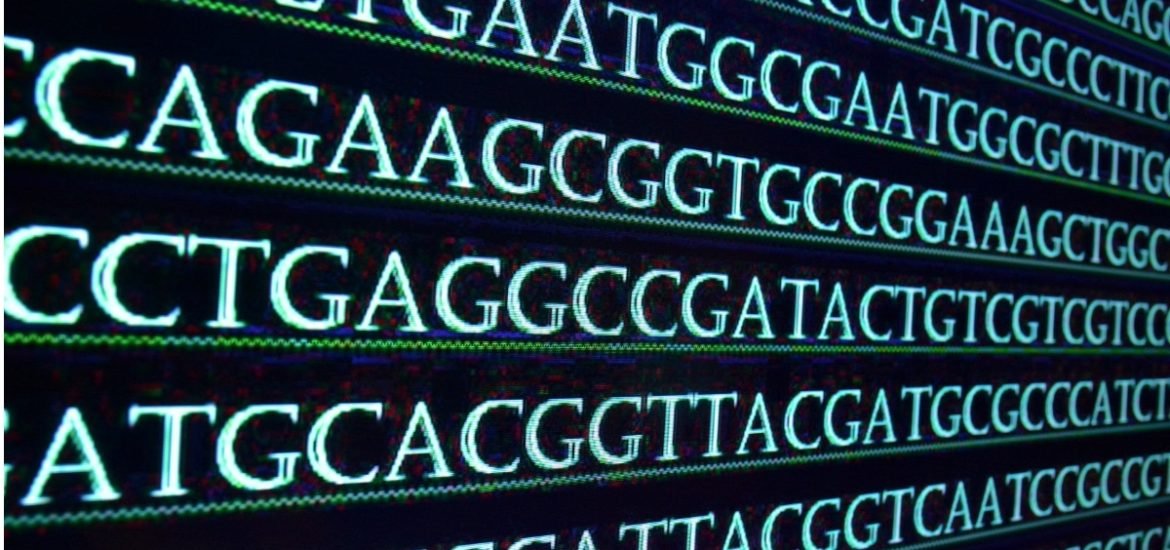
Scientists from ETH Zurich have reported a bacterial genome created entirely by using a computer algorithm. The findings were published on 2 April in the Proceedings of the National Academy of Sciences (1). The new genome, named Caulobacter ethensis-2.0, is not a living organism yet but exists as a bundle of DNA. Nonetheless, the achievement represents a huge step towards so-called synthetic life.
The new genome was derived from that of Caulobacter crescentus (or simply Caulobacter), a naturally occurring bacterium found in spring water, rivers and lakes around the planet. These harmless bacteria are commonly used as a model organism in the lab. Its genome contains 4,000 genes, however, most of this is considered “junk DNA” and only around 680 of these genes are actually needed to support the survival of the bacteria in the lab.
Nature has built-in genetic redundancies, which means that many genes can encode for the same protein. In this case, the researchers rewrote the genome using completely different genetic sequences and the resulting genome was still capable of providing the same biological functions.
To do this, the scientists developed a computer programme to determine the ideal DNA sequence. The algorithm can completely rewrite a genome as new sequences of DNA that don’t resemble the original ones but can still perform the same biological functions, resulting in a so-called “minimal gene set.”
The latest research builds upon previous work of American genetics pioneer Craig Venter, who was the first to chemically synthesise the genome of a bacterium, although, the feat took 10 years to achieve. Whereas Venter and his team made an exact copy, the new computer-generated genome contains an entirely new set of genes generated by an algorithm.
Either way, creating a bacterial genome completely from scratch is not an easy task. A step-by-step approach is needed. Starting with the minimal gene set of Caulobacter, the team at ETH Zurich first created 236 genome segments. Next, the segments were pieced together. While the entire process might sound quite easy, it’s incredibly challenging since DNA molecules can stick to each other and often become twisted and tangled.
To test out their artificial genes, the authors produced strains of bacteria with both the naturally occurring Caulobacter genome and segments of the new artificial genome. When they switched off the natural genes one-by-one, they found that 580 of the 680 artificial genes were functional. This suggests there is still some room for improvement before the algorithm can create a fully functional computer-generated genome.
Nevertheless, the scientists hope the algorithm will one day produce functioning synthetic microorganisms for various applications like producing pharmaceutical molecules, vitamins, or even vaccines. But not without discussions among scientists and society as a whole on appropriate uses, as well as potential abuses of the technology and how they can be prevented.
(1) Venetz. J.E. et al. Chemical synthesis rewriting of a bacterial genome to achieve design flexibility and biological functionality. Proceedings of the National Academy of Sciences (2019). DOI: 10.1073/pnas.1818259116